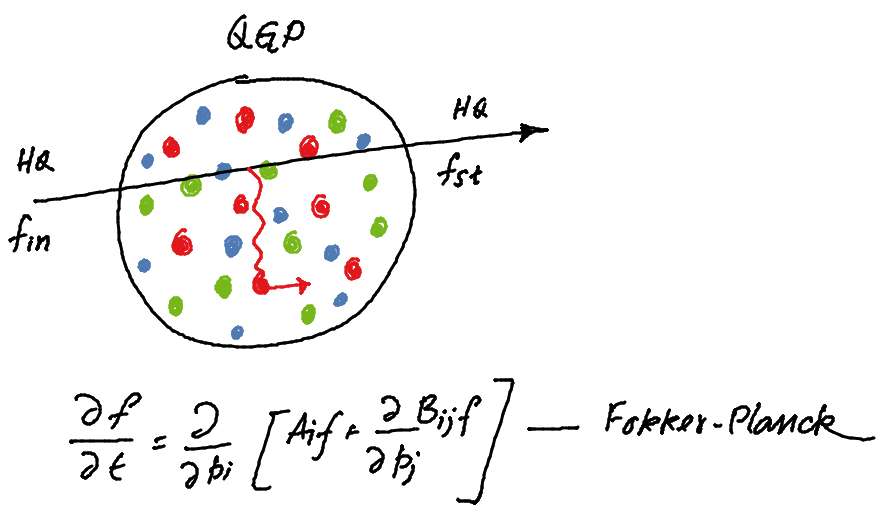Understanding different properties of the quark-gluon plasma (QGP) medium produced at the experiments by colliding very fast ions is an active field of research. One of the ways to study its properties is to examine the passage of heavy quarks produced right after the collision through the medium that takes some time to form. In this project, equilibrium distribution of heavy quarks with the help of the Fokker-Planck equation will be studied.
Tasks
1. Review of the basics of QGP and heavy quark production; 2. Understanding heavy quark dynamics inside QGP; 3. Studying the Fokker-Planck equation and its connection with the transport coefficients; 5. Finding the Einstein's relation from the stationary state solution; 6. Boltzmann-Gibbs or not: trying to find an answer
Preliminary schedule by topics/tasks
Week 1: Review of the basics of QGP and heavy quark production; Weeks 2-3: Heavy quark dynamics using the Fokker-Planck equation, transport coefficients; Week 4: Finding the Einstein's relation from the stationary state solution, analyzing the nature of the equilibrium distribution; Weeks 5-6: Reviewing the results and preparing a report
Required skills
Thorough knowledge of thermodynamics and statistical mechanics is required. Familiarity with LaTeX and proficiency in English are necessary. Basic level familiarity with Mathematica will be an added advantage.
Acquired skills and experience
Participant will gain familiarity with the basic physics of QGP. She/he will learn about the transport properties of heavy quarks travelling through QGP. The participant is also expected to increase the skills in performing symbolic and numerical computations using Mathematica.
Recommended literature
1. Equilibrium Distribution of Heavy Quarks in Fokker-Planck Dynamics, D. B. Walton, and J. Rafelski, Phys. Rev. Lett. 84, no. 1, 31 (2000); 2. Gluon bremsstrahlung by heavy quarks: Its effects on transport coefficients
and equilibrium distribution, S. Mazumder, T. Bhattacharyya, and J. Alam, Phys. Rev. D 89, 014002 (2014).



